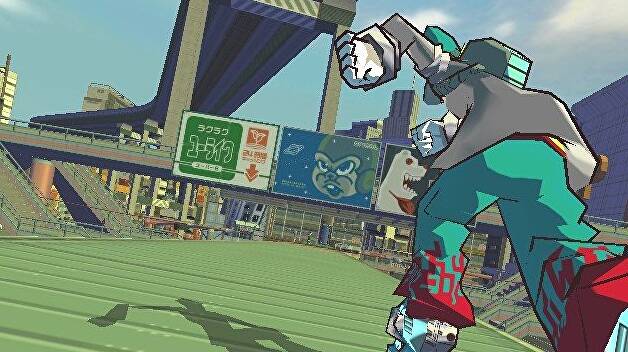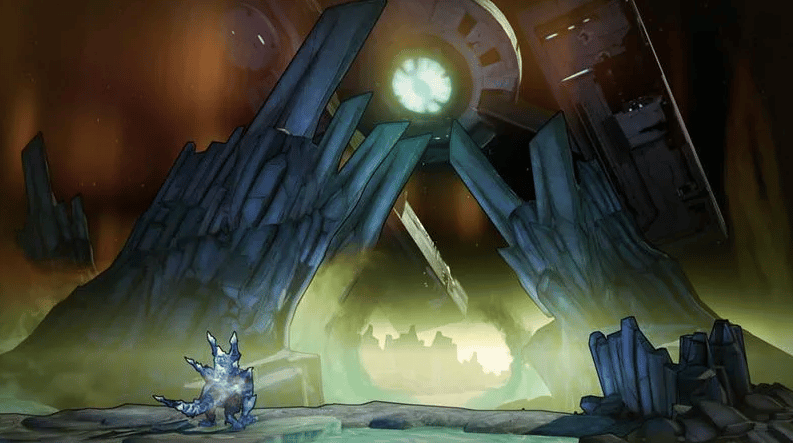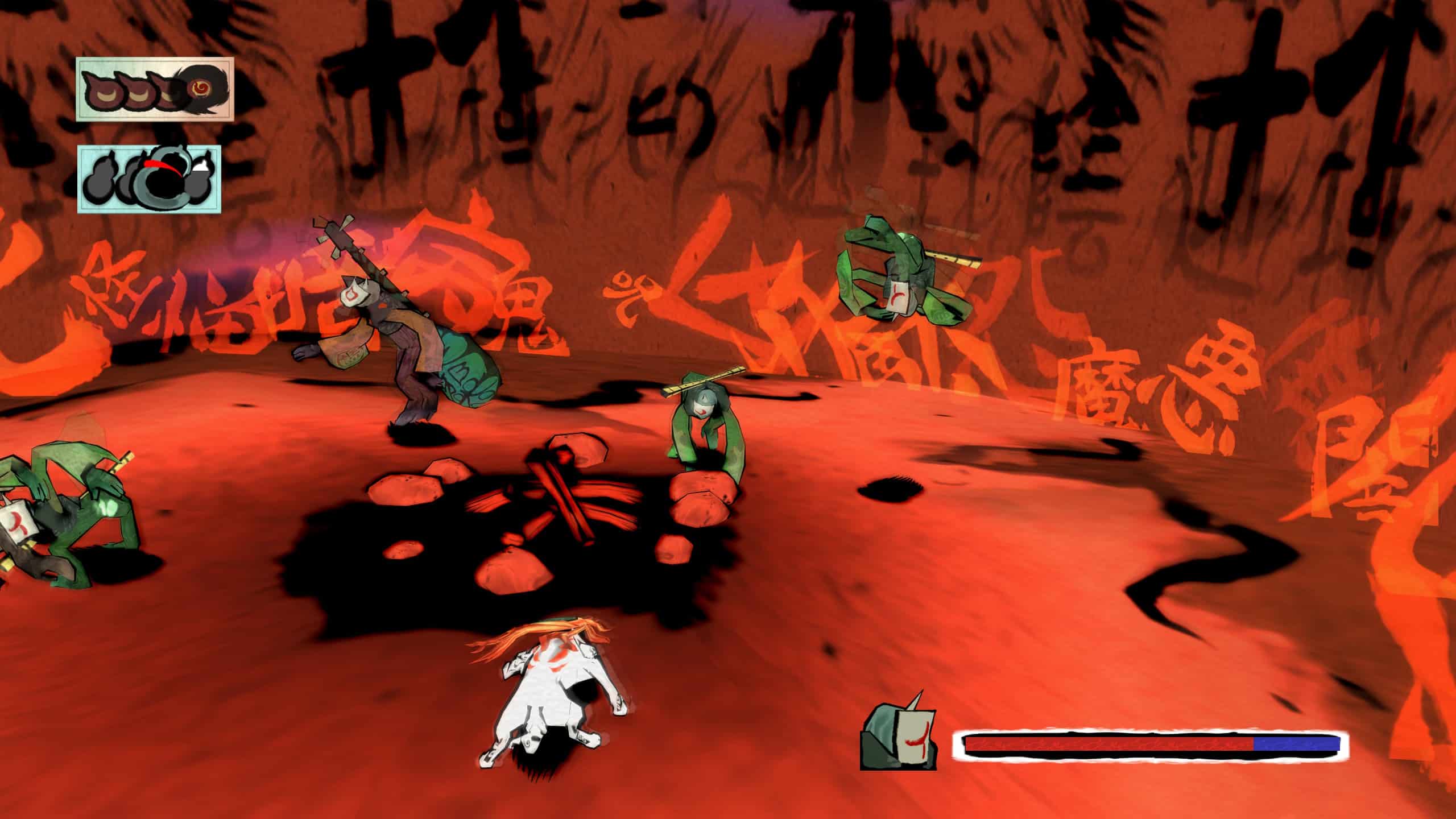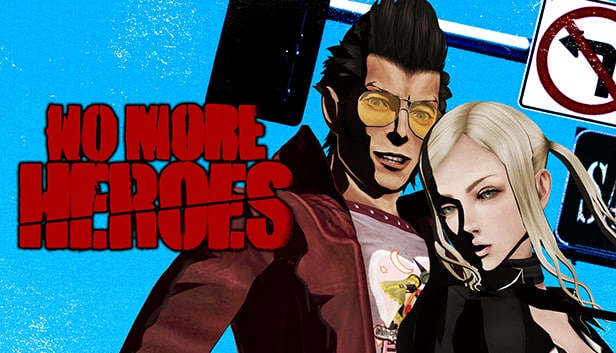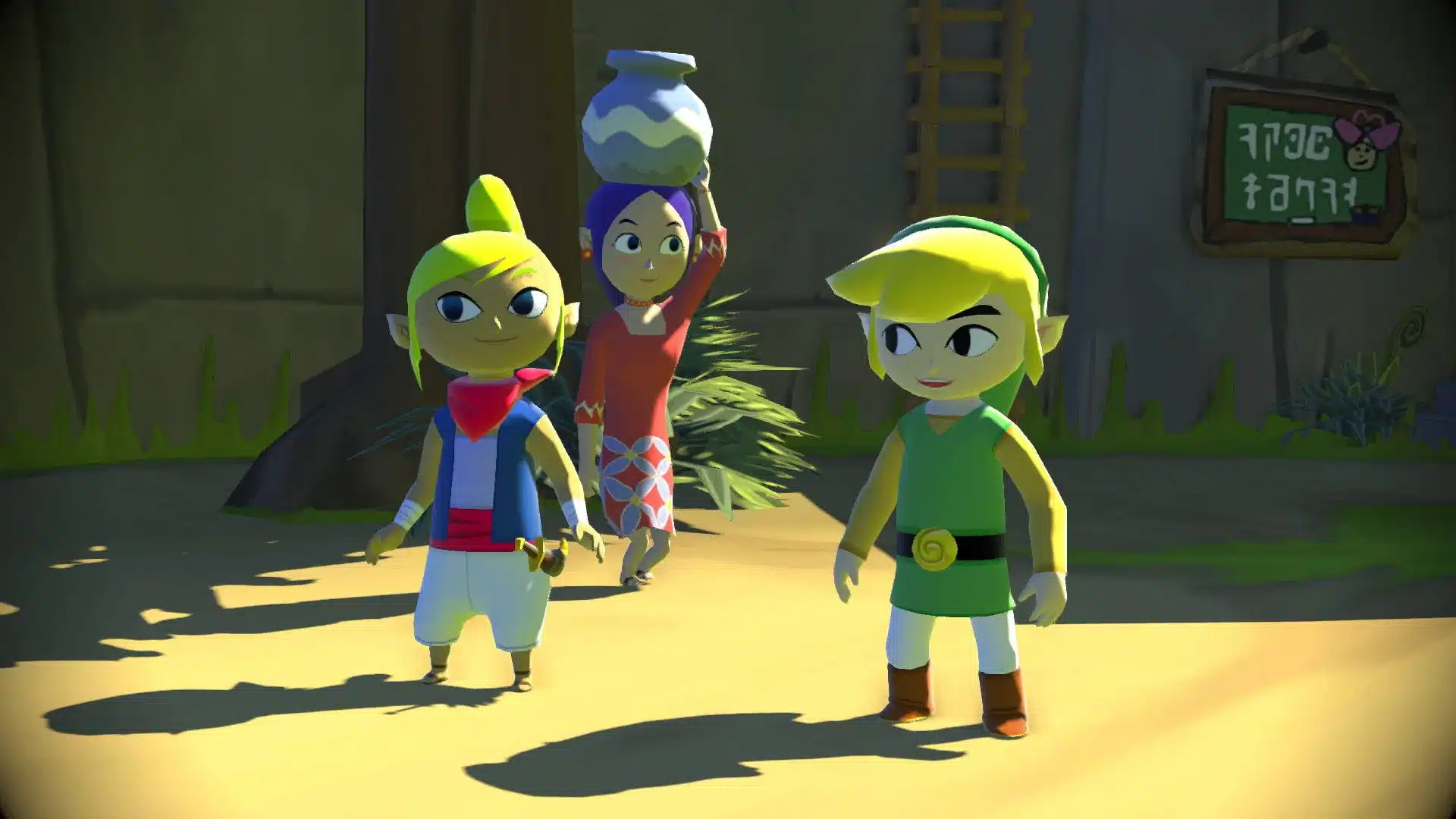Cel shading is a popular computer rendering technique in the animation industry, especially for projects that draw inspiration from Japanese manga as well as cartoons. In this method, techniques are used to create an image that seems like it was created by hand, like something out of an old comic book. This mechanical effect is created by adjusting how light interacts with a three-dimensional object. Instead of using shading and gradients, the artists here use flat, consistent blocks of color and shade.
The end product seems less photorealistic and more like a pencil drawing. Cel shading was so-called because it was originally named after celluloid, the material commonly used to make animation cels.
Contents
The History of Cel Shading
Toon animation didn’t debut until the late ’90s, and its pioneers were Japanese anime. In fact, anime cels represent the most typical use of this technique. First popularized in Japanese animated films, the technique saw a resurgence of interest as the 1990s became the 2000s, inspiring its adoption in new areas, including video games. The success may be attributed, at least in part, to the lower cost and improved quality of 3D rendering technology now on the market.
In recent years, dynamic cel-shading has become more popular in the gaming industry. Initially implemented in for the SEGA Dreamcast, Jet Set Radio was the first game to make substantial use of the approach. Many grants, notably “Excellence in Visual Arts,” were given to the highly regarded title at this year’s E3 Game Critics’ Awards.
The rendering approach was popularized by titles like Dragon Ball Z, Guilty Gear, as well as The Legend of Zelda: Wind Waker. Video games are where you’re most likely to see this method implemented visually. Style is a major focus in this title, with 3D figures and environments seeming more like traditional 2D figures via clever rendering.
Some Examples of Cel Shading in The Industry
1. Okami
Okami, developed and published by Capcom, was first shown on the PlayStation 2 in 2006. Due to its setting in medieval Japan, the game’s visuals are highly inspired by traditional Asian aesthetics. Not just for its innovative and accessible gameplay but also for its stunning visuals made possible by cel-shading animation techniques, Okami has won the hearts of players all around the world.
It should be noted that the developers had no intention of using a cel-shaded style in the title at first. Clover Studio tried very hard to make the PS2’s visuals more lifelike, but the system’s technology held them back. In the end, they settled on cel shading, and indeed the rest, as they say, is history.
2. No More Heroes
Nintendo’s Wii got No More Heroes in 2007. You play as Travis Touchdown, an aspiring executioner on a quest to wipe out his rivals in an open-world action game. The game’s original mechanics won over many gamers, and the game’s use of cel-shading to depict its expansive world was well-praised and received user participation from Wii enthusiasts.
3. The Legend of Zelda: The Wind Waker
In 2003, Nintendo launched The Legend of Zelda: The Wind Waker, the tenth title in the franchise, and it marked a radical shift in graphic design from its predecessors. Many veteran players voiced their displeasure with the game’s new cel-shaded aesthetic and more cartoonish character attributes.
Nevertheless, as time has gone by, various sequels and prequels to The Wind Waker have borrowed some of the game’s creative strategies. The game’s unconventional visual style has won over fans, making it one of the series’ most cherished entries.

